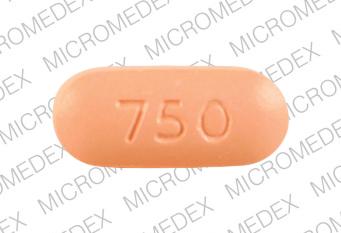Niaspan Dosage
Generic name: NIACIN 500mg
Dosage form: tablet, film coated, extended release
Drug classes: Miscellaneous antihyperlipidemic agents, Vitamins
Medically reviewed by Drugs.com. Last updated on Apr 22, 2024.
2.1 Initial Dosing
NIASPAN should be taken at bedtime, after a low-fat snack, and doses should be individualized according to patient response. Therapy with NIASPAN must be initiated at 500 mg at bedtime in order to reduce the incidence and severity of side effects which may occur during early therapy. The recommended dose escalation is shown in Table 1 below.
| Week(s) | Daily dose | NIASPAN Dosage | |
| INITIAL TITRATION |
1 to 4 | 500 mg | 1 NIASPAN 500 mg tablet at bedtime |
| SCHEDULE | 5 to 8 | 1000 mg | 1 NIASPAN 1000 mg tablet or 2 NIASPAN 500 mg tablets at bedtime |
| * | 1500 mg | 2 NIASPAN 750 mg tablets or 3 NIASPAN 500 mg tablets at bedtime |
|
| * | 2000 mg | 2 NIASPAN 1000 mg tablets or 4 NIASPAN 500 mg tablets at bedtime |
|
| * After Week 8, titrate to patient response and tolerance. If response to 1000 mg daily is inadequate, increase dose to 1500 mg daily; may subsequently increase dose to 2000 mg daily. Daily dose should not be increased more than 500 mg in a 4-week period, and doses above 2000 mg daily are not recommended. Women may respond at lower doses than men. | |||
2.2 Maintenance Dose
The daily dosage of NIASPAN should not be increased by more than 500 mg in any 4-week period. The recommended maintenance dose is 1000 mg (two 500 mg tablets or one 1000 mg tablet) to 2000 mg (two 1000 mg tablets or four 500 mg tablets) once daily at bedtime. Doses greater than 2000 mg daily are not recommended. Women may respond at lower NIASPAN doses than men [see Clinical Studies (14.2)].
Single-dose bioavailability studies have demonstrated that two of the 500 mg and one of the 1000 mg tablet strengths are interchangeable but three of the 500 mg and two of the 750 mg tablet strengths are not interchangeable.
Flushing of the skin [see Adverse Reactions (6.1)] may be reduced in frequency or severity by pretreatment with aspirin (up to the recommended dose of 325 mg taken 30 minutes prior to NIASPAN dose). Tolerance to this flushing develops rapidly over the course of several weeks. Flushing, pruritus, and gastrointestinal distress are also greatly reduced by slowly increasing the dose of niacin and avoiding administration on an empty stomach. Concomitant alcoholic, hot drinks or spicy foods may increase the side effects of flushing and pruritus and should be avoided around the time of NIASPAN ingestion.
Equivalent doses of NIASPAN should not be substituted for sustained-release (modified-release, timed-release) niacin preparations or immediate-release (crystalline) niacin [see Warnings and Precautions (5)]. Patients previously receiving other niacin products should be started with the recommended NIASPAN titration schedule (see Table 1), and the dose should subsequently be individualized based on patient response.
If NIASPAN therapy is discontinued for an extended period, reinstitution of therapy should include a titration phase (see Table 1).
NIASPAN tablets should be taken whole and should not be broken, crushed or chewed before swallowing.
2.3 Dosage in Patients with Renal or Hepatic Impairment
Use of NIASPAN in patients with renal or hepatic impairment has not been studied. NIASPAN is contraindicated in patients with significant or unexplained hepatic dysfunction. NIASPAN should be used with caution in patients with renal impairment [see Warnings and Precautions (5)].
Frequently asked questions
More about Niaspan (niacin)
- Check interactions
- Compare alternatives
- Reviews (28)
- Drug images
- Side effects
- During pregnancy
- Drug class: miscellaneous antihyperlipidemic agents
- En español
Patient resources
Other brands
Heliocare Advanced, Endur-acin, HDL Benefit, Niacor, ... +5 more
Professional resources
Other brands
Related treatment guides
Further information
Always consult your healthcare provider to ensure the information displayed on this page applies to your personal circumstances.


